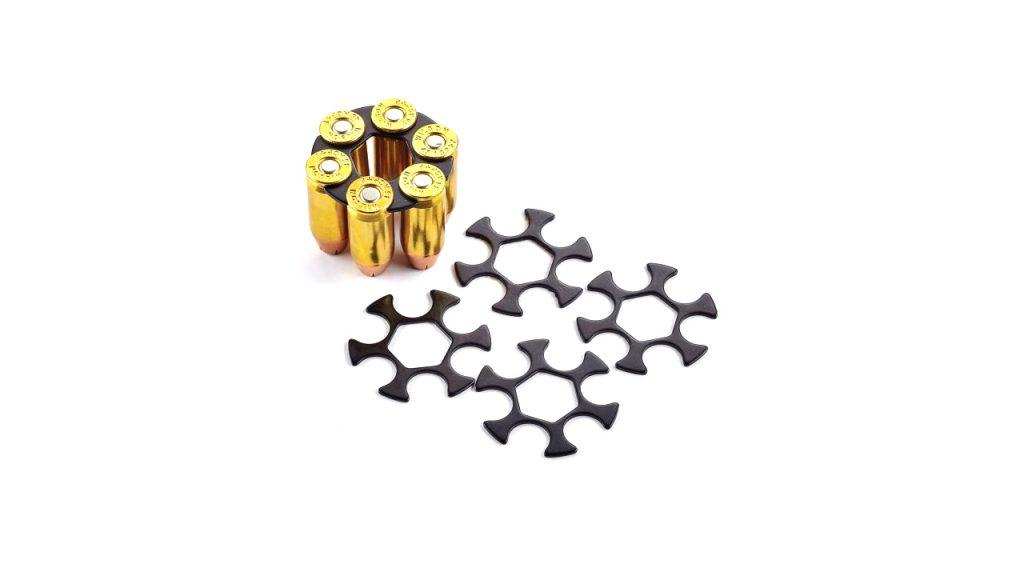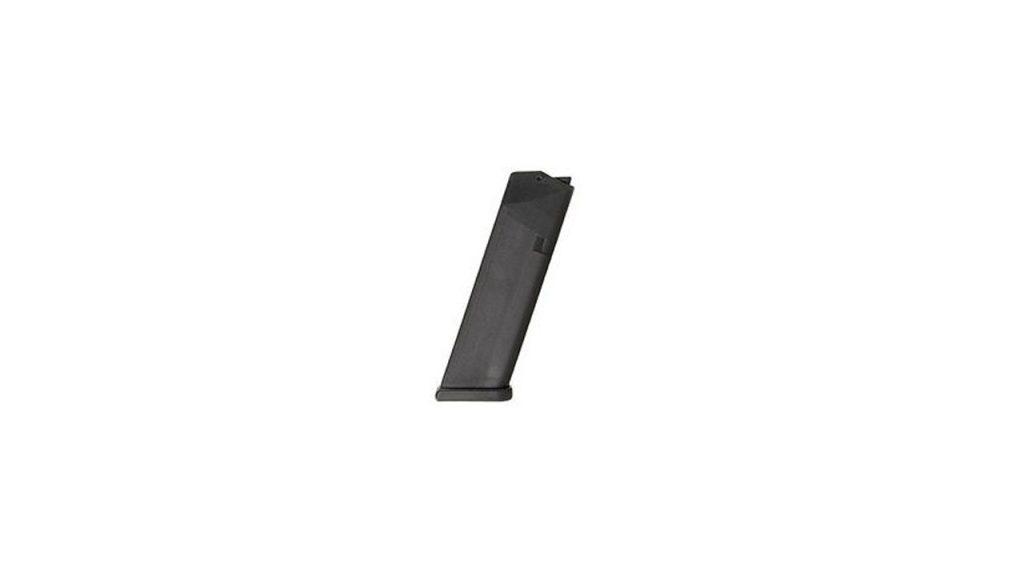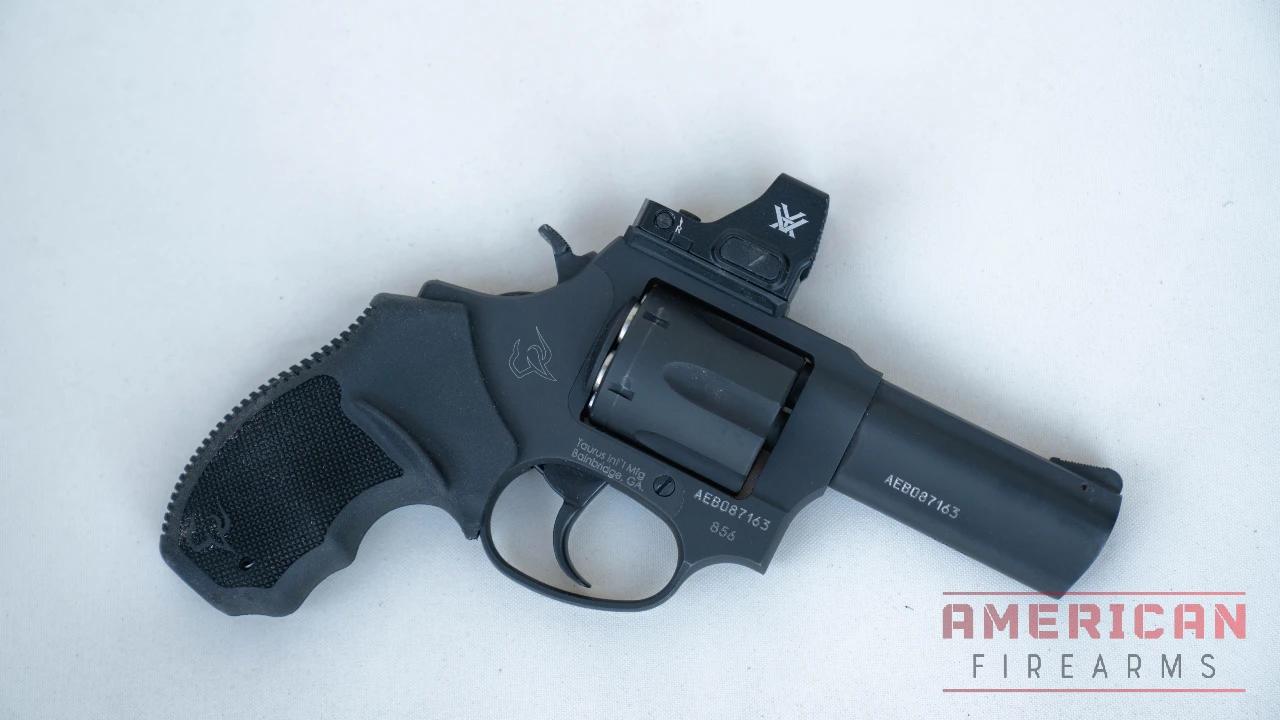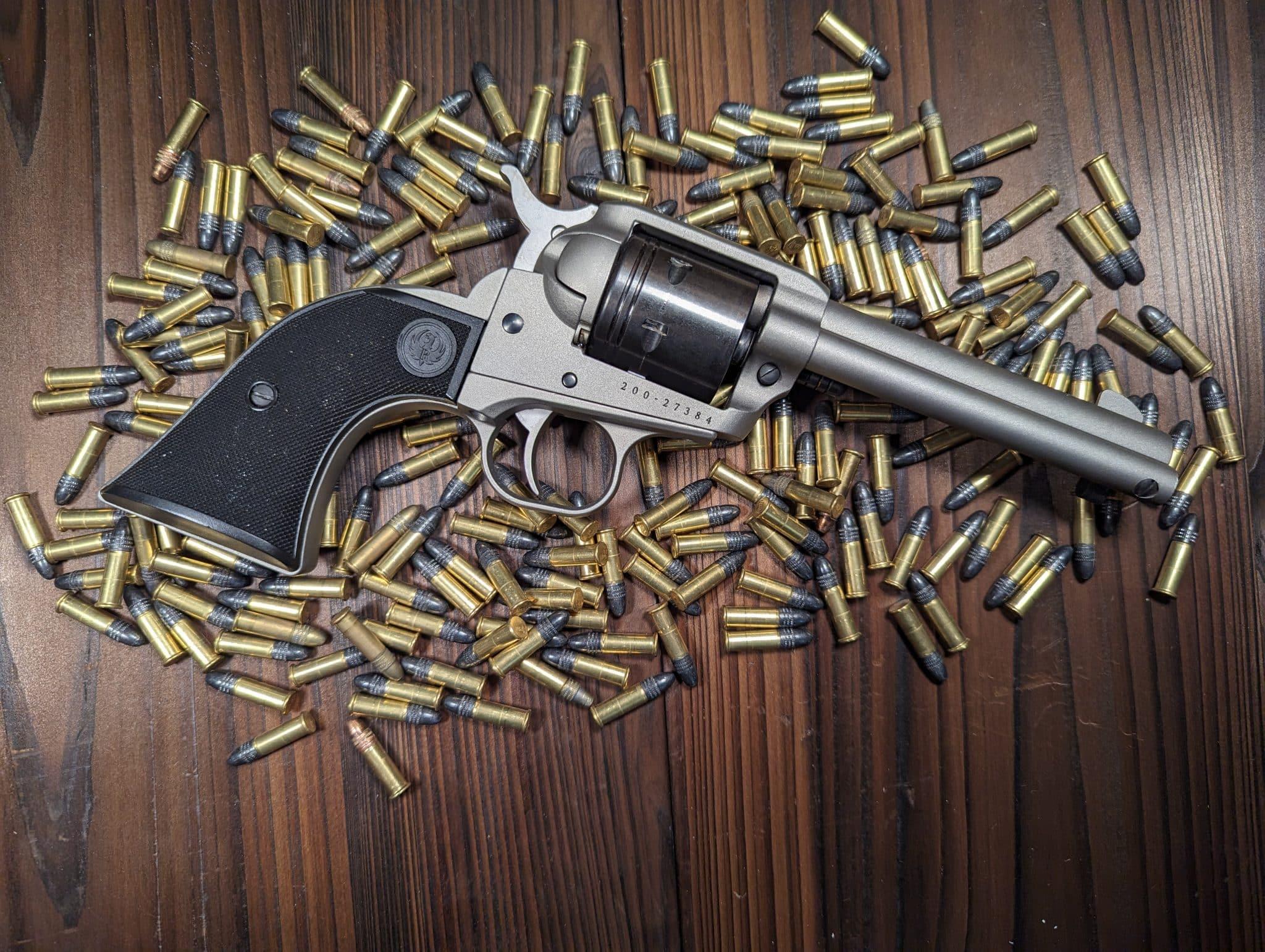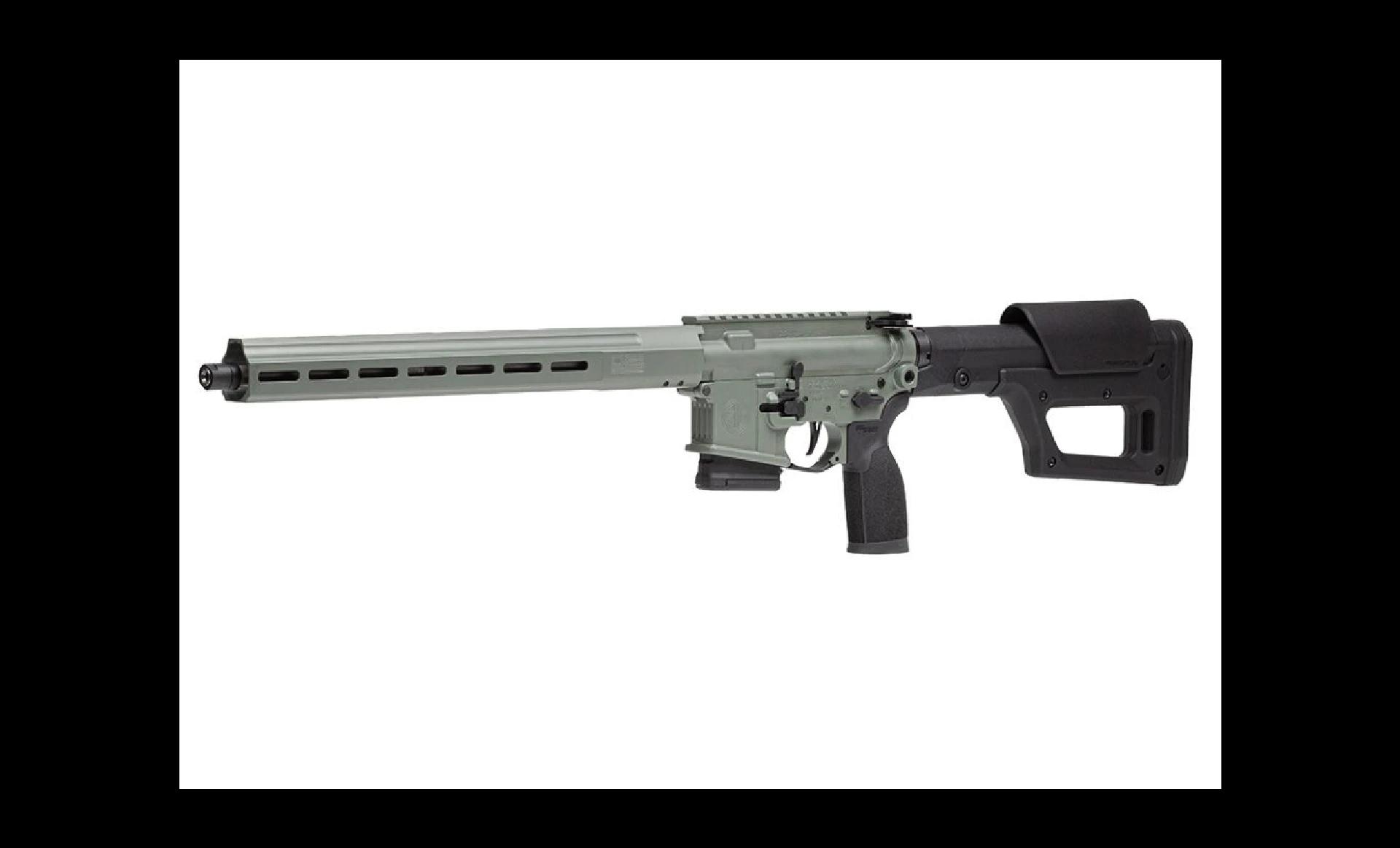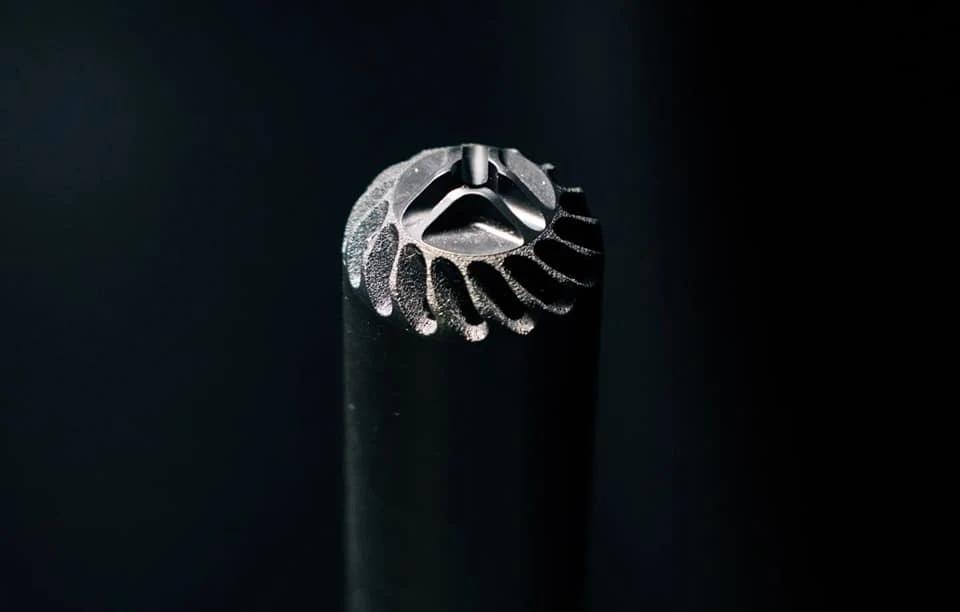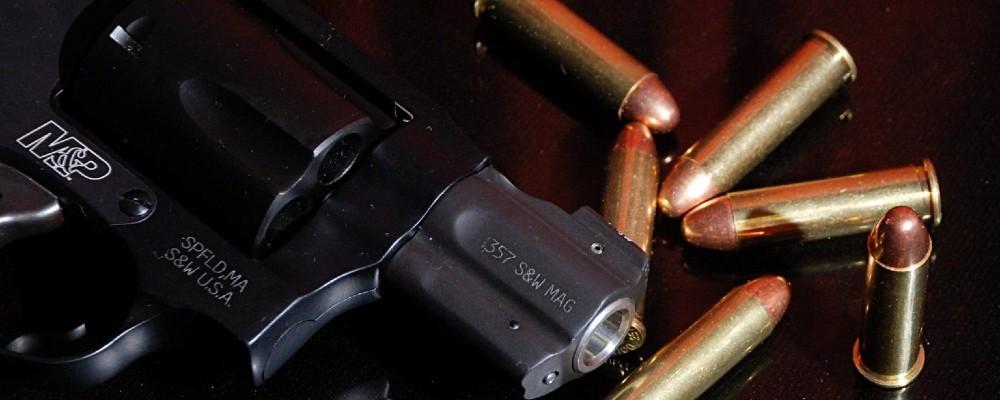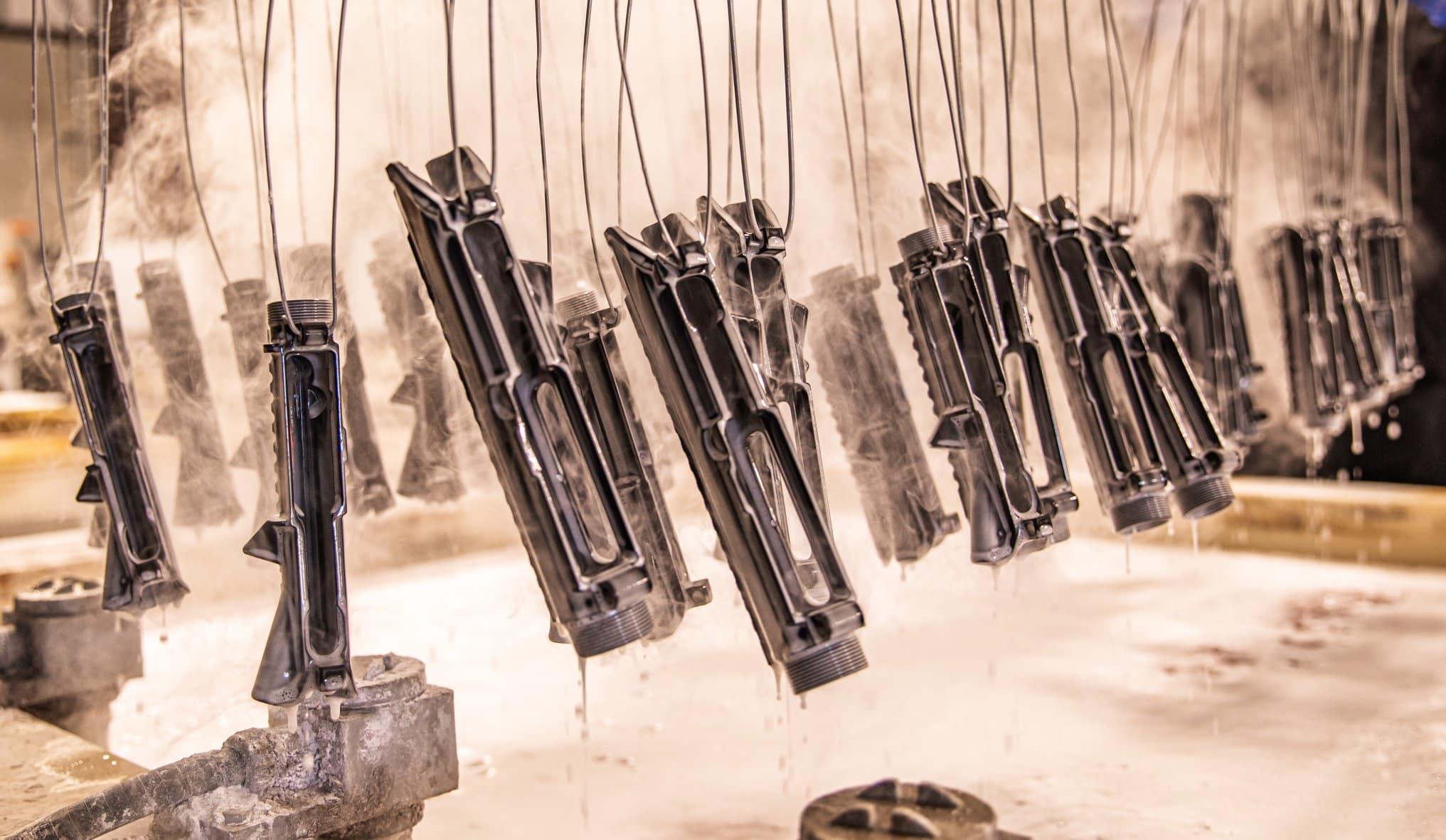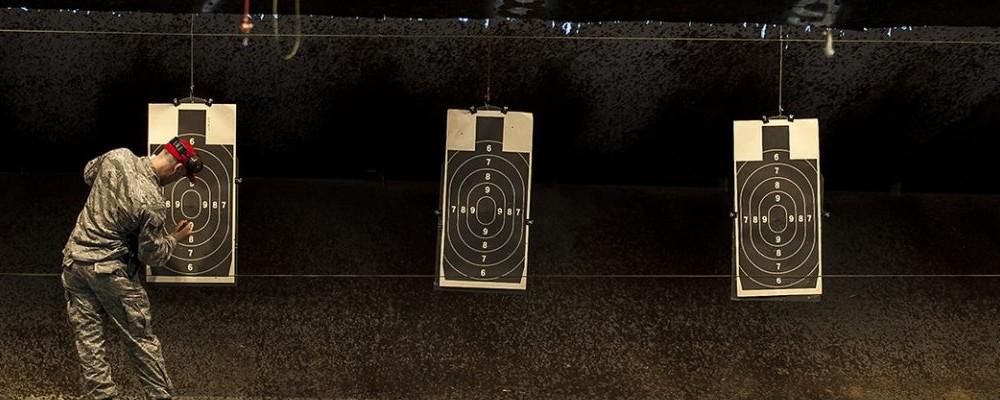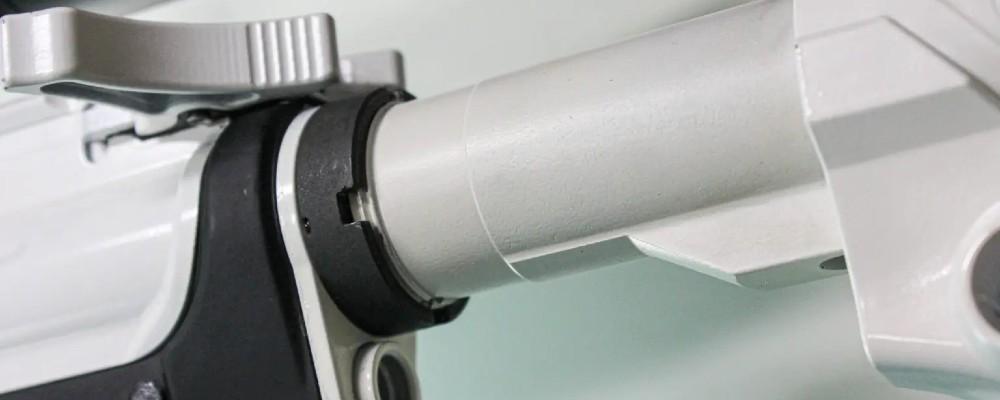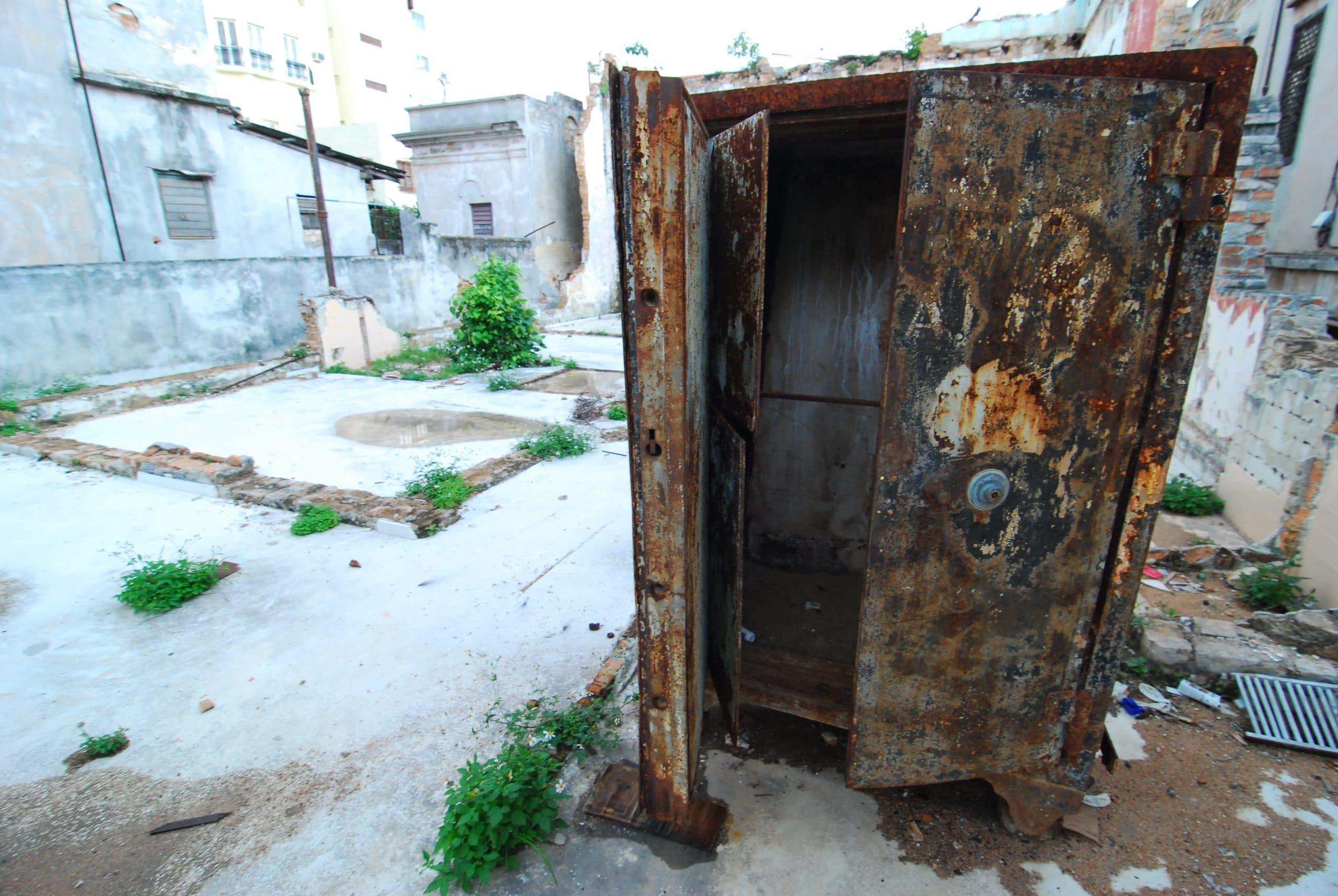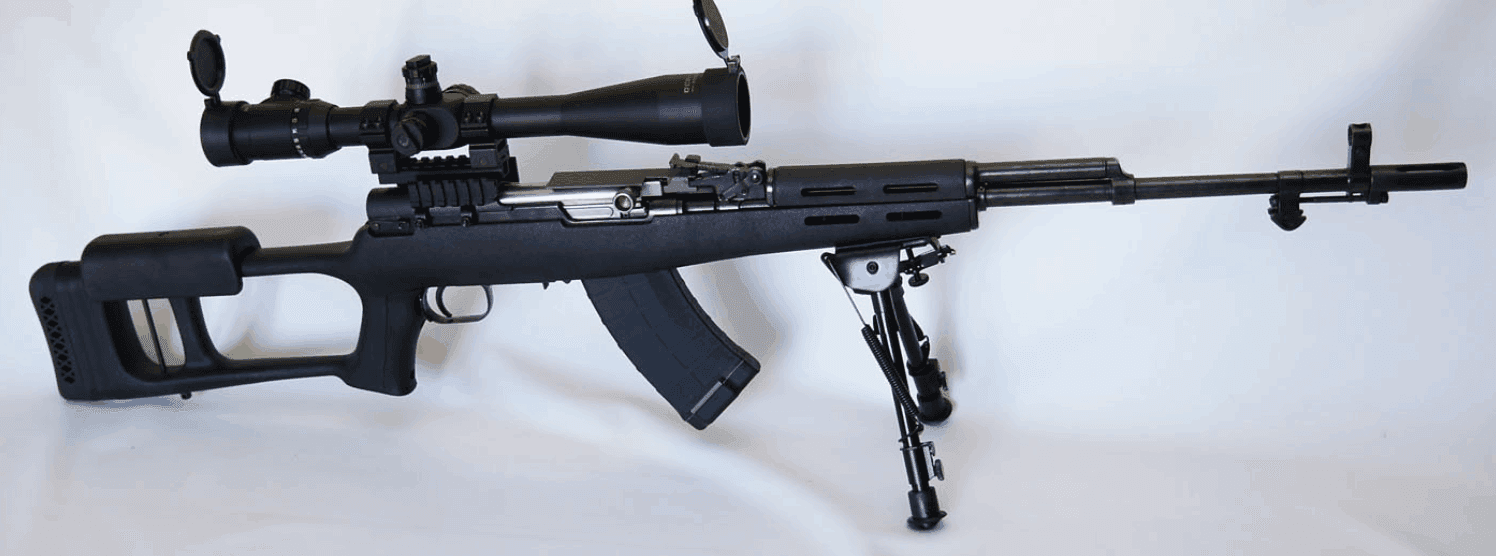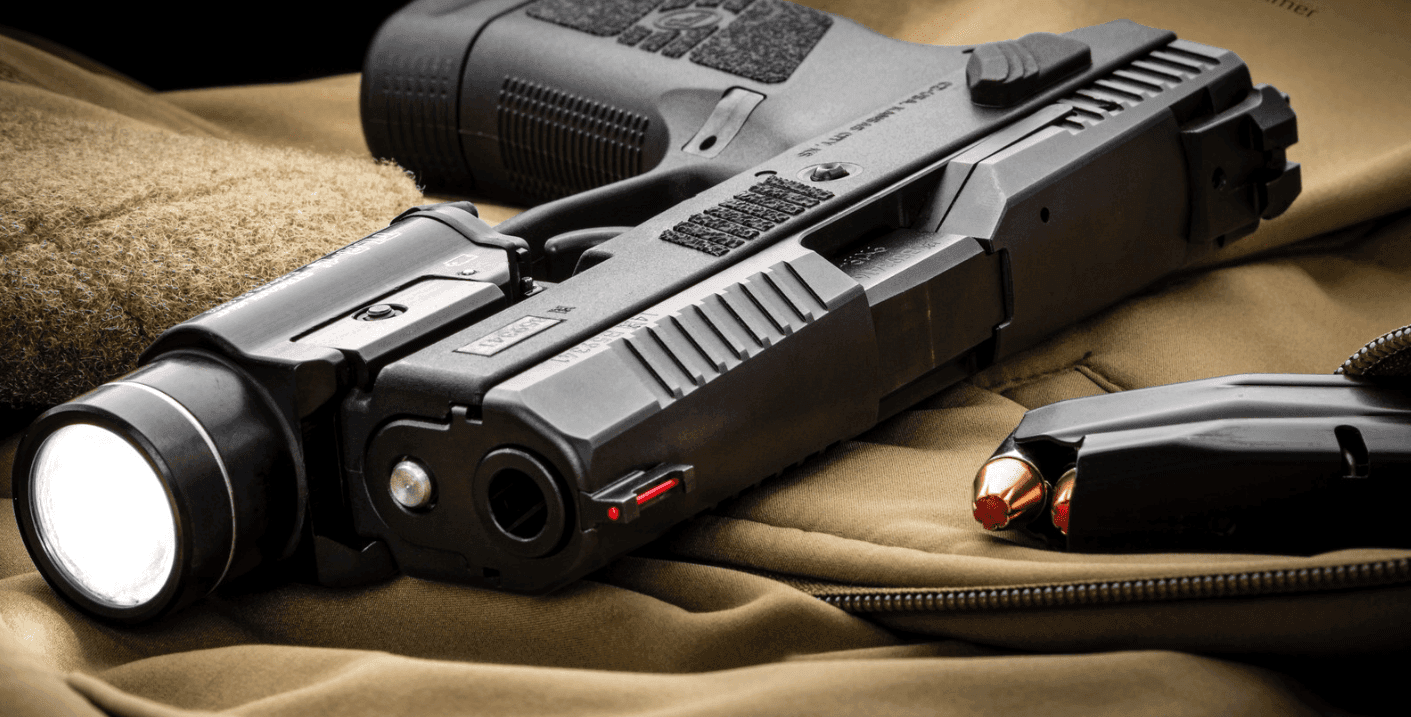Magazine vs. Clip: A Comparison
Written By
Michael Crites
Licensed Concealed Carry Holder
Reviewed by
Editorial Team
Learn About The Editorial Team
Share:
Products are selected by our editors. We may earn a commission on purchases from a link. How we select gear.
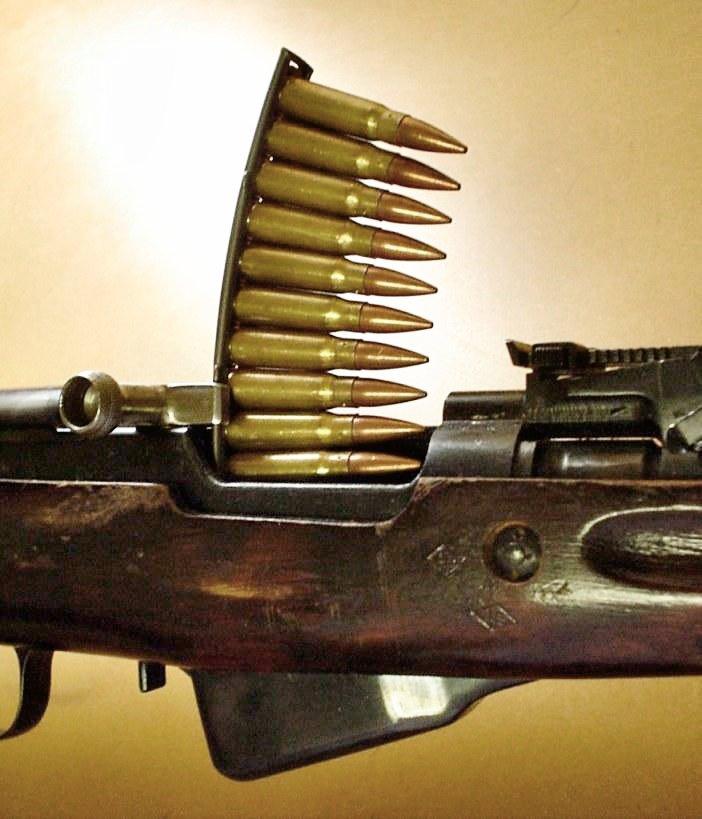
Updated
Jul 2023
Magazine vs. Clip: how do they stack up? Have you ever been to the gun range and heard someone say that they’ll “load a clip” into their AR-15 or “put a clip” in their hunting rifle while scanning for deer? In both cases, the terminology is wrong – what they’re actually loading is a magazine. …
In This Article
Magazine vs. Clip: how do they stack up?
Have you ever been to the gun range and heard someone say that they’ll “load a clip” into their AR-15 or “put a clip” in their hunting rifle while scanning for deer? In both cases, the terminology is wrong – what they’re actually loading is a magazine.
The best of both worlds!
Maybe you’ve even mistaken both terms or used them interchangeably yourself. That’s okay! These days, many gun owners don’t know the technical difference between a magazine and a clip , so it’s surprisingly common to think of them interchangeably.
But they’re not.
Today, let’s break down clips vs magazines and take a look at both components in detail.
Clip vs Magazine: What’s the Difference?
The first thing to keep in mind is that, while related, magazines and clips are distinct firearm components that are used in conjunction with one another.
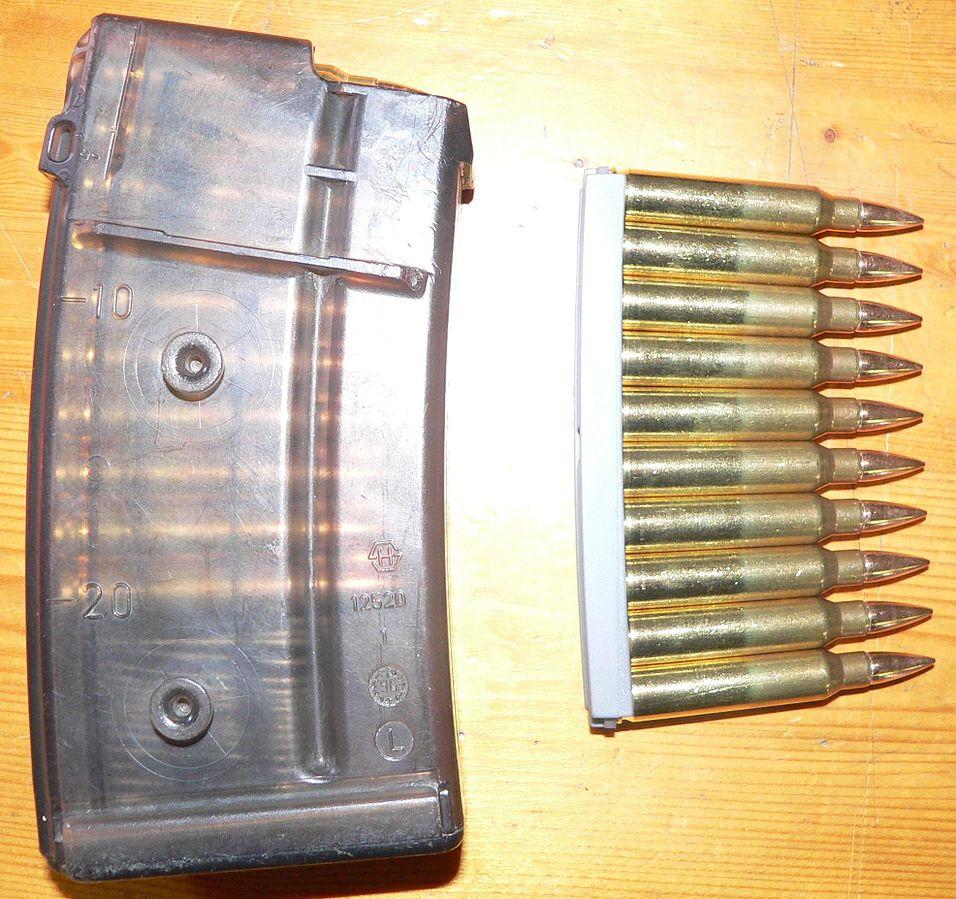
Magazine Types
A magazine is the ammunition storage component for a firearm as well as the primary feeding device. In simpler terms, the magazine both stores cartridges of ammunition and feeds them into the receiver of a gun.

Magazines come in two types: detachable and internal. Detachable magazines, as their name suggests, can be removed from the firearm to be reloaded by hand or by machine. Internal magazines are fixed components that cannot be removed — they are integral to the firearm. These must have cartridges inserted into them using – you guessed it – clips!
Both types of magazines perform the same functions. They:
- hold cartridges
- feed cartridges into their firearms’ chambers
Detachable magazines are the most common you’ll find these days, for pistols and both semi-automatic and bolt action rifles. That’s because they facilitate faster reloading, so military personnel, police officers, and those interested in self-defense will likely use them as opposed to internal magazines, or in the case of a handgun, a revolver. This disparity in performance is one reason the NYPD has phased out revolvers — they just can’t compete with the capacity and reload speed available with a magazine-fed pistol.
Internal magazines serve the same purpose as detachable magazines but they can’t be removed without a complete disassembly of the gun. Most shotguns use a typical tube-magazine beneath the barrel – after all, most shotguns have their shells loaded by hand, right?
Clips
A clip is, simply put, a storage component that can hold multiple cartridges at once for the purpose of fast and easy loading into a magazine. Clips can be used both with detachable and internal magazines, but because of the inherent limitations of internal magazines are most often used with the latter instead of the former.
For instance, you can load a rifle with an internal magazine quickly by inserting a clip holding multiple cartridges into the magazine. This is much faster than if you loaded each cartridge individually.
In the modern era, clips are typically used by recreational shooters who want to fire lots of cartridges in rapid succession.
Clips come in two primary types: en bloc clips and stripper clips.
Created by Austrian engineer Ferdinand Mannlicher for use in the Model 1885 rifle, en bloc clips are simple devices that require the shooter to load them into their weapon entirely — they are completely inserted into the magazine or receiver. Both the cartridges and the clip are loaded into the firearm at the same time, accelerating the reloading process.
Firearms that use en bloc clips then eject the empty clip after all available cartridges are fired. This clip ejection is what gives the M1 Garand its iconic ping sound.
Many guns that use en bloc clips can’t fire without the clip acting as a critical component of the cycling process.
In contrast, stripper clips hold rows of cartridges and are not loaded into an operating firearm. Once the clip is placed in position (generally atop the receiver) it is, as the name suggests, stripped of cartridges as they are pressed down into the magazine. Stripper clips can be used with a wide variety of weapons because their apparatuses are not required for the weapon to function, they load the magazine and fall off or are expelled when the bolt is closed.
There’s also a lesser-known third type of clip called a moon clip. These ring-shaped speedloaders are used for revolvers and hold a full 6 rounds of ammunition.
When used correctly, moon clips allow shooters to load an empty revolver wheel (a revolver magazine) with 6 rounds simultaneously rather than feeding individual rounds into the wheel one at a time. Moon clips are discarded after being used.
Where Did the Magazine/Clip Confusion Start?
Interestingly, there’s some evidence that the M1 Garand is the initial source of all this confusion surrounding clips and magazines. That’s because this effective and reliable rifle historically used miniature magazines called clips to load small groups of rounds into its internal magazine.
Naturally, soldiers returning from the front lines began calling other magazines clips by default (even though they, more than anyone, ought to have known the difference!). Over time, this has resulted in many people using the terms interchangeably despite the significant differences.
History of the Clip
The first clips were en bloc models which were, like magazines, first adopted by the Austro-Hungarian Army and used during the first World War. These initial en bloc clips housed five cartridges, but quickly evolved to use stripper clips as well, which were used throughout the later 1800s.
One big advantage of the stripper clip was that it didn’t require shooters to load their magazines entirely to allow them to fire. The Russian Mosin-Nagant rifle of 1891 saw an interesting combination of a fixed box magazine that was loaded from the top down with stripper clips.
Eventually, clips became commonplace for internal magazine loading. They’re still used for most internal magazine rifles and pistols today, although you can always load those magazines by hand if you have the time and patience.
Magazine History
The magazine evolved as a direct solution to one of the biggest challenges with firearms: it often took too long to reload cartridge-based weapons.
The first “tubular magazine” was produced in 1779 for the Austrian Army’s Girandoni Air Rifle which used a spring-fed, 20-ball capacity magazine. This early tech was improved up with the Volcanic Repeating Arms “Volition Repeating Rifle” in 1848, which utilized hollow bullets and internal springs to push cartridges into the rifle’s action to be loaded and fired.
While far from perfect the design showed enough promise that the Volcanic Repeating Arms patents eventually made their way to a little start-up called the Winchester Repeating Arms company and the rest, as they say, is history.
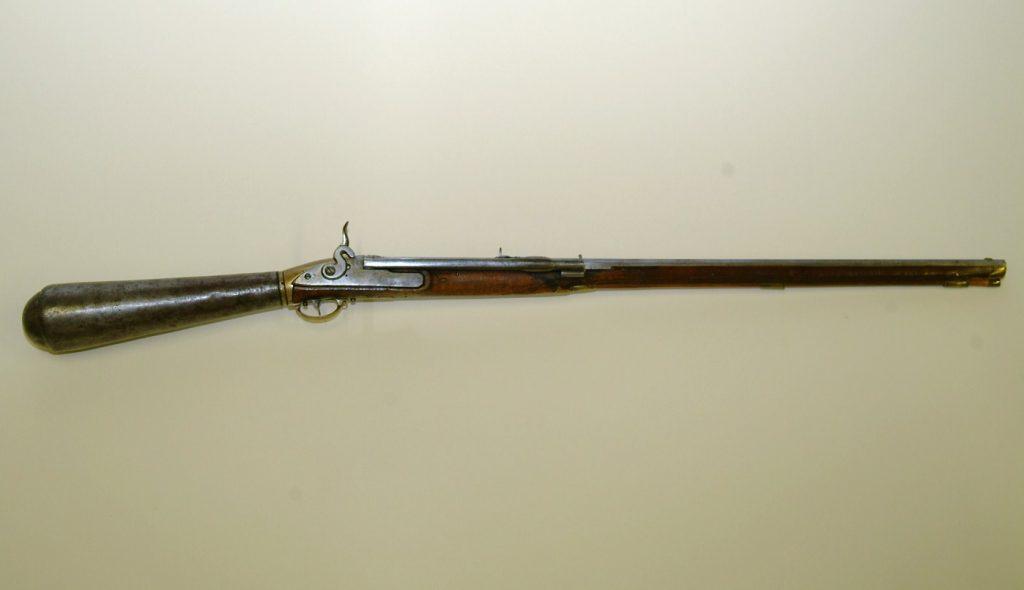
The tubular-magazine concept continued to evolve and was used as a key component of the Henry repeating rifle: a lever-action, breech-loaded, magazine-fed rifle that came to the market in 1860. This rifle was produced for the United States through 1866 and even saw limited action on the union side of the Civil War.
Over time, magazines developed even further. The Spencer Repeating Rifle also saw action in the Civil War and used a tubular magazine housed in its buttstock.
But magazine evolution really accelerated with the development of the integral box. This component was designed in response to issues with bullet size and shape when loaded into tubular magazines.
The first detachable box magazine was patented in 1864 by Robert Wilson, an American who designed firearm components for the military. Detachable box magazines are, as you know, now the main type of magazine used for most firearms today.
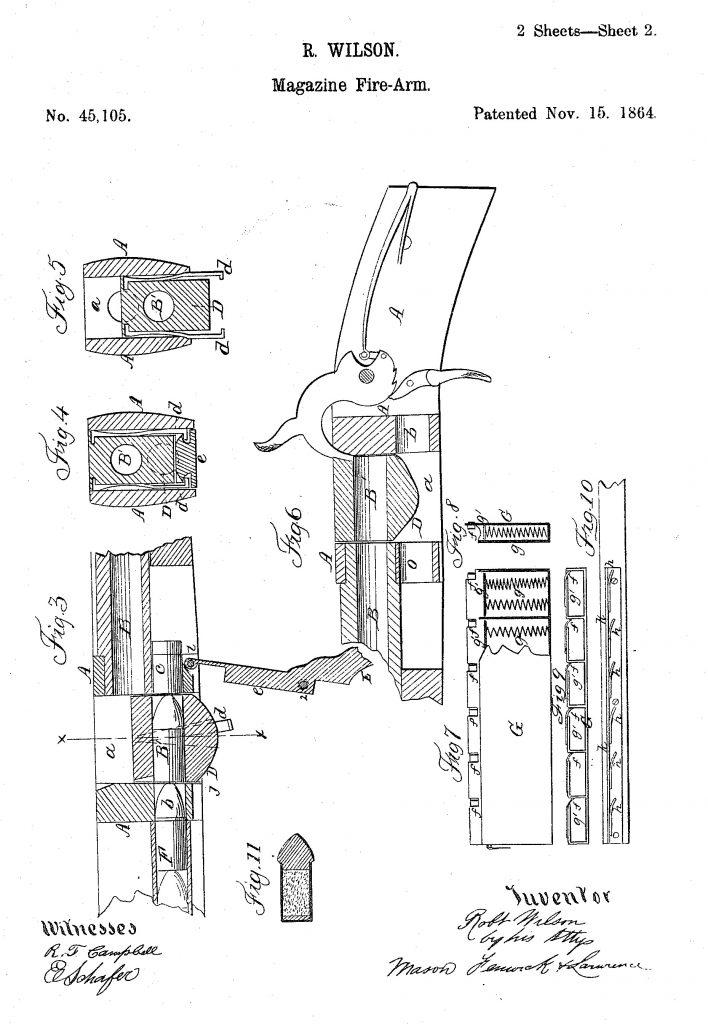
Of course, magazines also evolved in conjunction with clips as they were created, eventually taking advantage of the reloading speed offered by clips throughout the late 1800s. This eventually led to the M1 Garand rifle that was used extensively in World War II, which utilized a special eight-round en bloc clip.
Which is Better?
“Better” isn’t really the right way to look at it.
Instead, it’s best to think of both magazines and clips as complementary tools. You may need one or the other depending on your firearm model, but both must be used at the correct time and for the correct firearm.
For example, take this set of five moon clips for use with a Smith & Wesson revolver. Each clip can hold six cartridges in total. You can’t use a magazine with a revolver by definition, so a clip is your only option — there’s simply no other choice.
In contrast, a semi-automatic firearm like the Glock 17 Gen 5 uses a detachable magazine that can be quickly ejected or fed into the receiver. This Glock 17 Gen 5 magazine is a perfect example. It can hold 17 rounds that should be loaded by hand. You can even opt for a 33-round version of so inclined.
These weapon types require different loading tools to function properly. So one isn’t really better than the other.
This being said, magazines are used with most semi-automatic weapons, making it possible to prepare many magazines at once. Magazines also hold more cartridges compared to even vey large clips, so you get much higher capacity in a magazine. However, clips remain the best and only real choice for revolvers, other than loading their wheels by hand.
There are clips and bench-loading tools designed to help you load even very large magazines quickly, particularly for more popular rifle platforms like the AR-15. In these cases, the tools work together to help make your loading experience quick and easy.
Conclusion
At the end of the day, it’s important to know your firearm terminology when instructing newcomers at the firing range or when asking gun store owners about their wares. The more good information out there, the better we’ll all understand and appreciate firearms.
Sources
- Garand Collectors Association, Bob Seijas, History of the M1 Garand Rifle
- David B. Kopel, The History of Firearm Magazines and Magazine Prohibitions
- Gun News Daily, What Is the Difference Between a Clip and a Magazine Anyway?, September 9, 2019
- The New York Times, Ashley Southall, New York Police Department Is Retiring the Revolver, May 31, 2018
- Shooting Illustrated, Jeff Johnston, Shotgun Magazines: Box-Fed vs. Tube-Fed, January 29, 2018
- Wikimedia Commons, File:Chargeur-Fass90-p1000500.jpg
- National Park Service, Museums Collection, Springfield Armory
- Military Wiki, Volcanic Repeating Arms
- Google Patents, US45105A – Improvement in self-loading fire-arms
Sign up for our newsletter
Get discounts from top brands and our latest reviews!

